Exact Answer: 2-4 hours
Chlorine-type chemicals are most commonly used in pools for sanitation. The water could be contaminated due to various reasons either by human beings or through any environmental process. Few people believe that the addition of chlorine to the pool may increase the risk of swimmers but it is necessary to add chlorine to prevent illnesses related to waterborne such as diarrhea and other skin infections.
Usually, chlorine is added either after swimming or in the evening, which will allow the chlorine to spread uniformly throughout the pool. It is also mandatory to filter the water after adding chlorine. If you do not add chlorine, the water may turn cloudy leading to a fertile environment.

How Long After Adding Chlorine Can I Swim?
Chlorine, a commonly known pesticide can be added either in the form of liquid or solid which ensures to kill the germs available in the pool and also those which are included from saliva, feces, or other substances. But, it is recommended to take extra care while adding chlorine as an excess amount of chlorine could lead to rashes, skin infections, irritation in the eyes, and throat pain.
Generally, it is advised to wait nearly 20 minutes in case of adding other water balancing chemicals, whereas, in the case of chlorine, it is safer to wait for almost 4 hours. This also depends on the size of the pool and the amount of chlorine added. The chlorine level in the pool should be below 5 ppm to avoid any type of risk involved. In few areas, swimmers are not allowed until one complete turnover of the water.
There are other treatments like shocking a pool which requires more amount of chlorine than usual, which will take a longer period to filter out the chlorine. Shocking treatment is required only when the pool contains algal blooms. In case of a more serious condition, the longer you have to wait to swim. It is a good practice shock to the pool either in the evening or at night without any sun rays.
If non-chlorine shock treatment has been used, the pool can be used immediately after the shocking treatment. This treatment should be carried out once in 2 weeks. In the case of chlorine tablets, you can swim even in presence of tablets in water. Before proceeding to swim, test the chlorine level with the help of any kit.
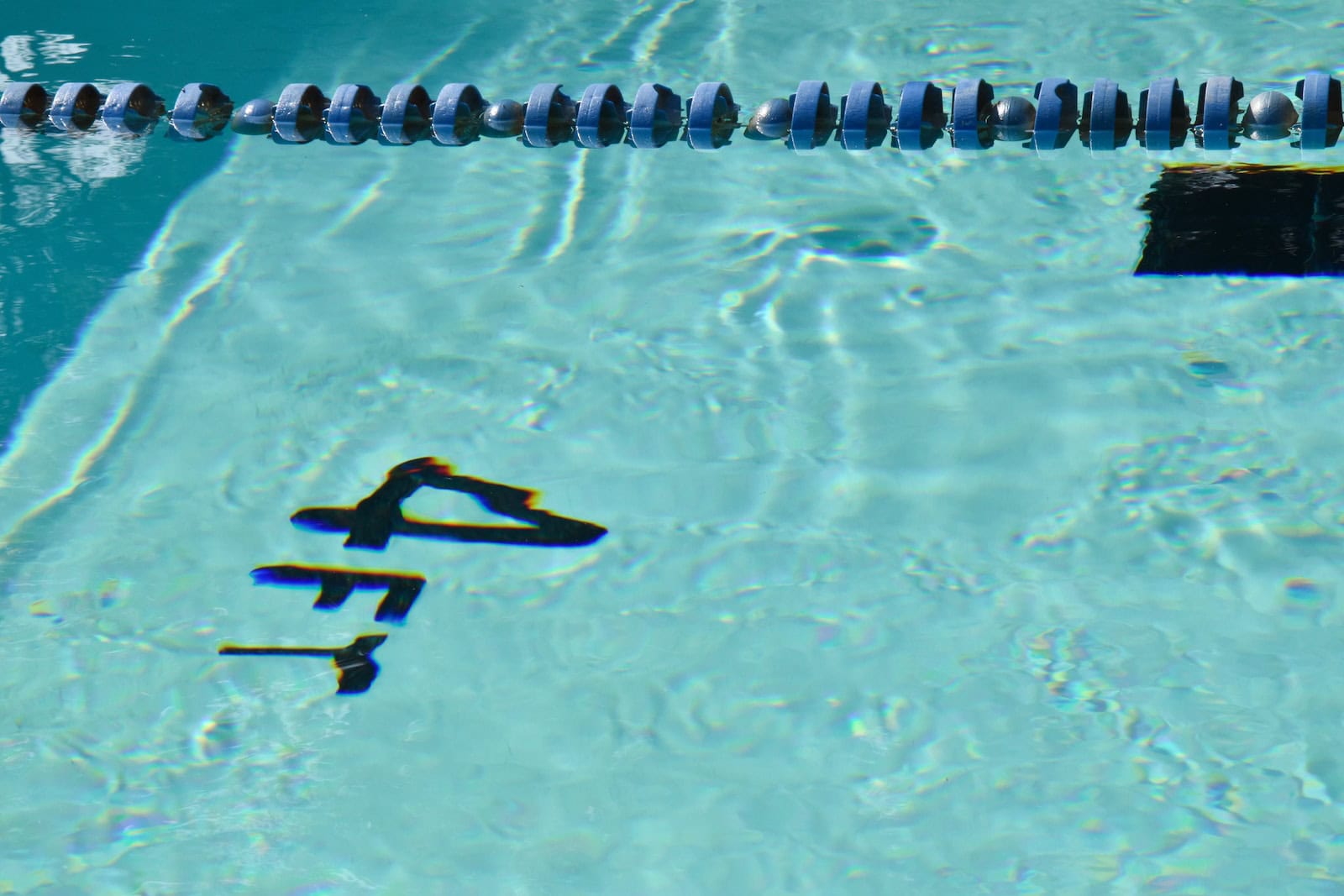
| Type of Chemical | Time to wait |
| pH, Alkalinity, Clarifier | 20 minutes |
| Calcium Chloride | 2-4 hours |
| Muriatic Acid | 30 minutes |
| Liquid Chlorine | 4 hours |
Why I Have To Wait That Long To Swim After Adding Chlorine?
One of the best methods to follow is chlorinating the pool to prevent it from algae blooms. Shocking pool with chlorine is the best choice for serious conditions where four times, the usual amount of chlorine should be used. It is mandatory to avoid using the pool in case of chlorinating it. It is necessary to wait as the chemical may cause a reaction that leads to the creation of a hot spot.
Few chemicals like Granular and Dicholr chlorine have a high concentration of ions which make swimmers uncomfortable to swim and also have high effects on the eye. Chlorine makes things hard and dry. If you drink the water unknowingly, it may lead to risky diseases and creates heavy digestive problems, especially among children. There is a high probability of issues like nausea, cramps, diarrhea, and aches.
You may take few immediate steps like drinking an excessive amount of water to balance the chemicals in your body and to avoid the risky situation. In case of less concentration of chlorine, the severity will be probably less. When the level of chlorine is reached below 5ppm, it is easier to maintain the level by adding chlorine tablets which do not seem to be risky.

The dangerous level depends on how much time you have been in the pool immediately after the chlorine treatment. When the pool is not in much use, make sure the quality of water every week with the help of an appropriate tester. Also, it is preferred to add one chlorine tablet per skimmer.
Conclusion
There are various methods preferred to clean and maintain the pool periodically especially in busy areas. It is a good choice to chlorinate the pool regularly but ensure to follow the proper instructions to be on the safer side. A standard amount of chlorine is chosen for the safety of humans.
An excess amount of chlorine does not even destroy the germs completely due to high concentration. The swimmers should be aware of safety tips to avoid risky situations. Vacuum your pool once a week and brush it daily to prevent it from unwanted microbes. Always ensure the pH level of the pool’s water.

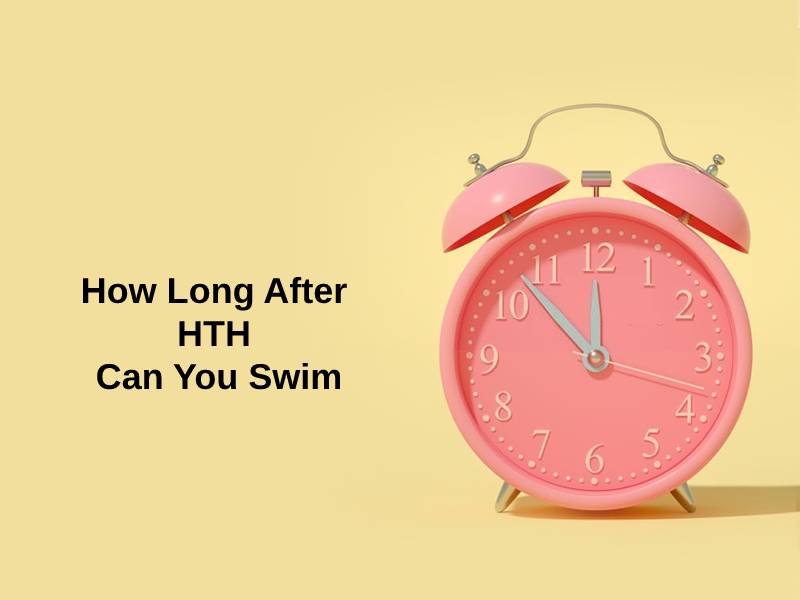
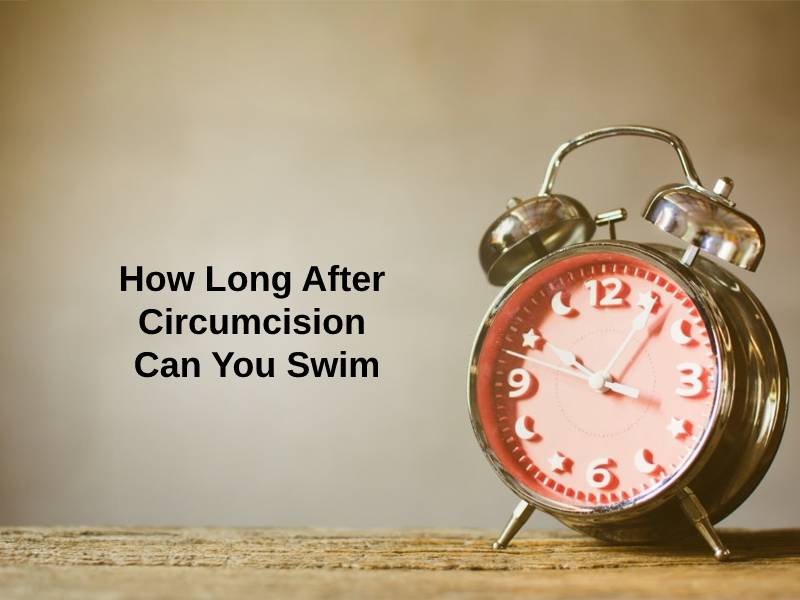
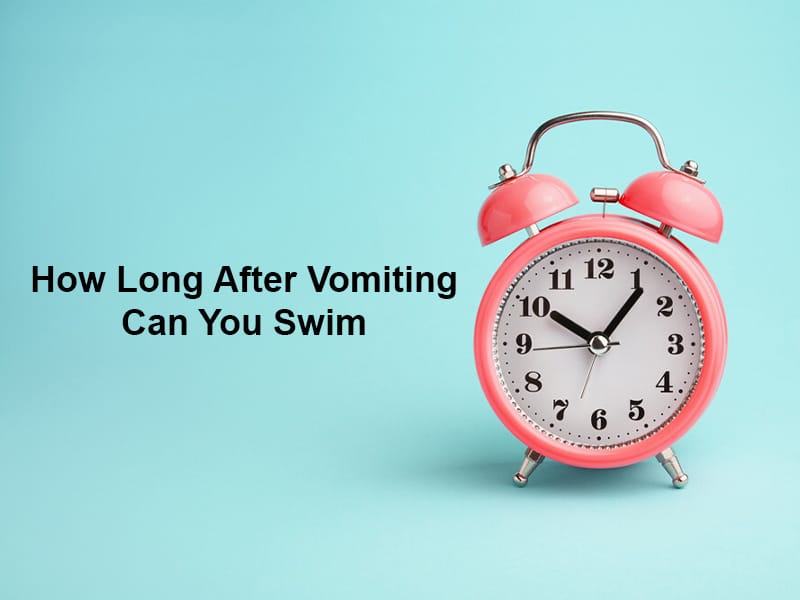



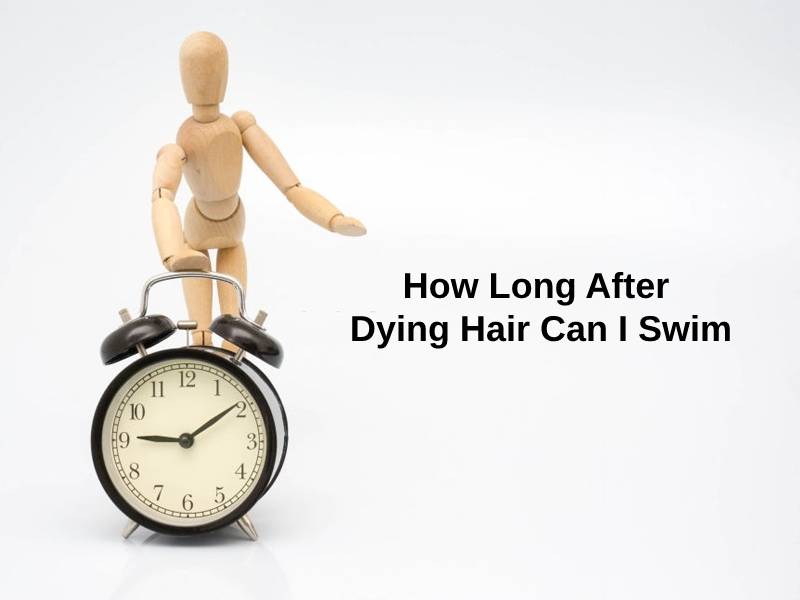

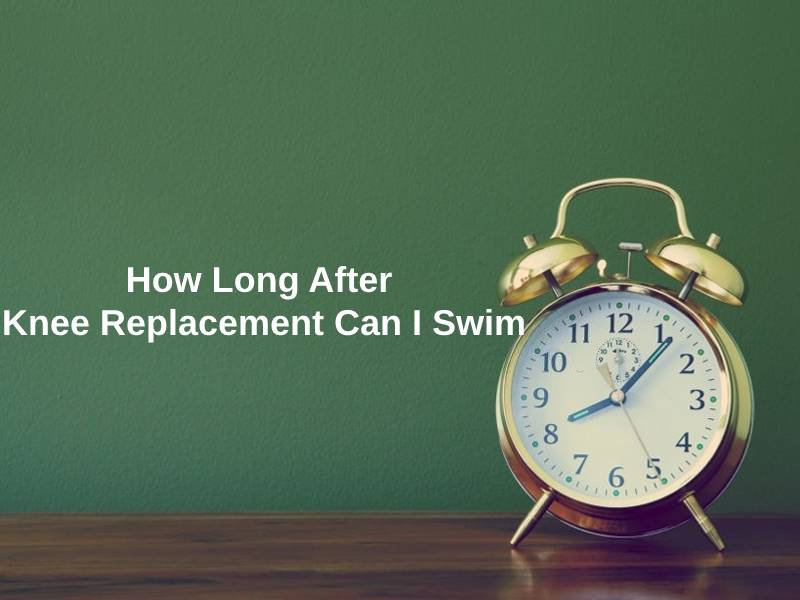
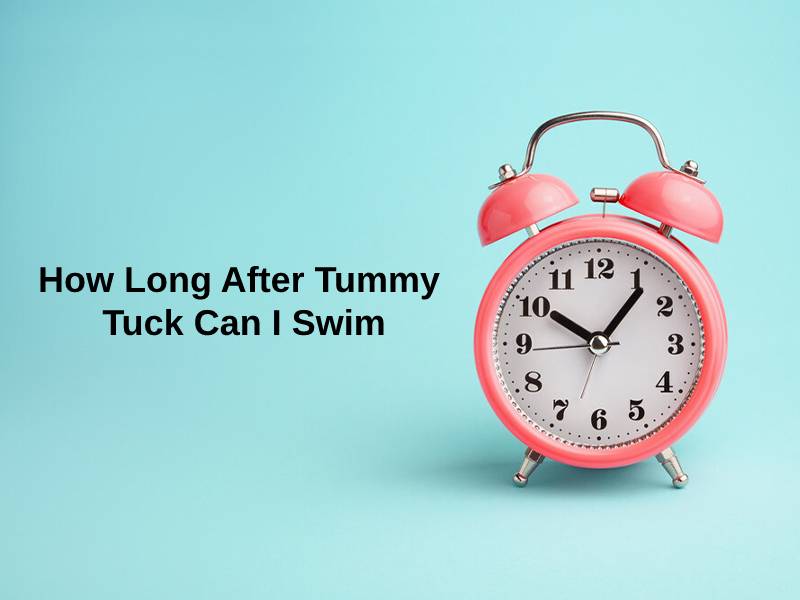







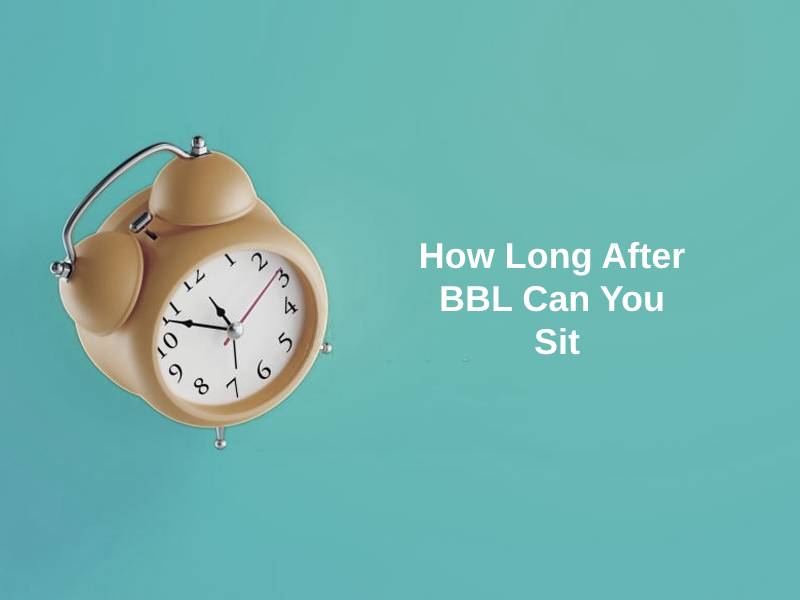


This article provides comprehensive information about the importance of adding chlorine to pools for sanitation. It’s crucial to wait the recommended 2-4 hours after adding chlorine to ensure the safety of swimmers.
The article makes a good point about the necessary waiting time after adding chlorine. Safety measures should not be underestimated.
I agree with you, Mark. Safety should always be the top priority, especially when it comes to pool sanitation.
The waiting time after adding chlorine is crucial for maintaining safe swimming conditions. It’s better to wait 2-4 hours to avoid any health risks.
I completely agree. The waiting time is a small price to pay for ensuring the safety and health of swimmers.
Absolutely, Collins. Safety measures should not be underestimated, especially in pool maintenance.
I found the information in this article to be quite enlightening. The waiting time after adding chlorine is a critical factor in pool maintenance.
Indeed, Xrichards. It’s important to adhere to the recommended waiting time to keep the pool safe and sanitized.
The article provides a detailed explanation of why it’s necessary to wait before swimming after adding chlorine. It’s essential for preventing health risks and maintaining pool sanitation.
I completely agree, Sreid. The waiting time is a small inconvenience compared to the potential health hazards of swimming in improperly treated water.
The article provides a detailed explanation of why it’s necessary to wait before swimming after adding chlorine. It’s essential for preventing health risks and maintaining pool sanitation.
Well said, Rebecca. Safety should always be prioritized when it comes to pool sanitation and maintenance.
The waiting time after adding chlorine to the pool is crucial for maintaining safe swimming conditions. It’s better to wait 2-4 hours to avoid any health risks.
Absolutely, Roxanne. The waiting time is a small price to pay for the health and safety of swimmers in the pool.
The article provides a thorough explanation of the waiting time after adding chlorine to the pool. It’s crucial for maintaining a safe and clean swimming environment.
I agree, Robinson. Following the recommended waiting time is essential for the effectiveness of chlorine and the safety of swimmers.
The article offers valuable insights into the importance of waiting after adding chlorine to the pool. It’s informative and necessary for maintaining a safe swimming environment.
I couldn’t agree more, Danielle. The waiting time is essential for ensuring the effectiveness of chlorine and the safety of swimmers.
The article presents important information about the waiting time after adding chlorine to the pool. It’s crucial for ensuring the safety and health of swimmers.
Absolutely, Grace. The waiting time is a necessary precaution for protecting swimmers from potential health risks.
Well said, Grace. Safety should always be prioritized when it comes to pool sanitation and maintenance.
The article offers valuable insights into the importance of waiting after adding chlorine to the pool. It’s informative and necessary for maintaining a safe swimming environment.
The waiting time is a necessary precaution for ensuring the effectiveness of pool sanitation and the safety of swimmers.
Absolutely, Kgraham. Safety should always be the top priority, especially when it comes to pool sanitation.